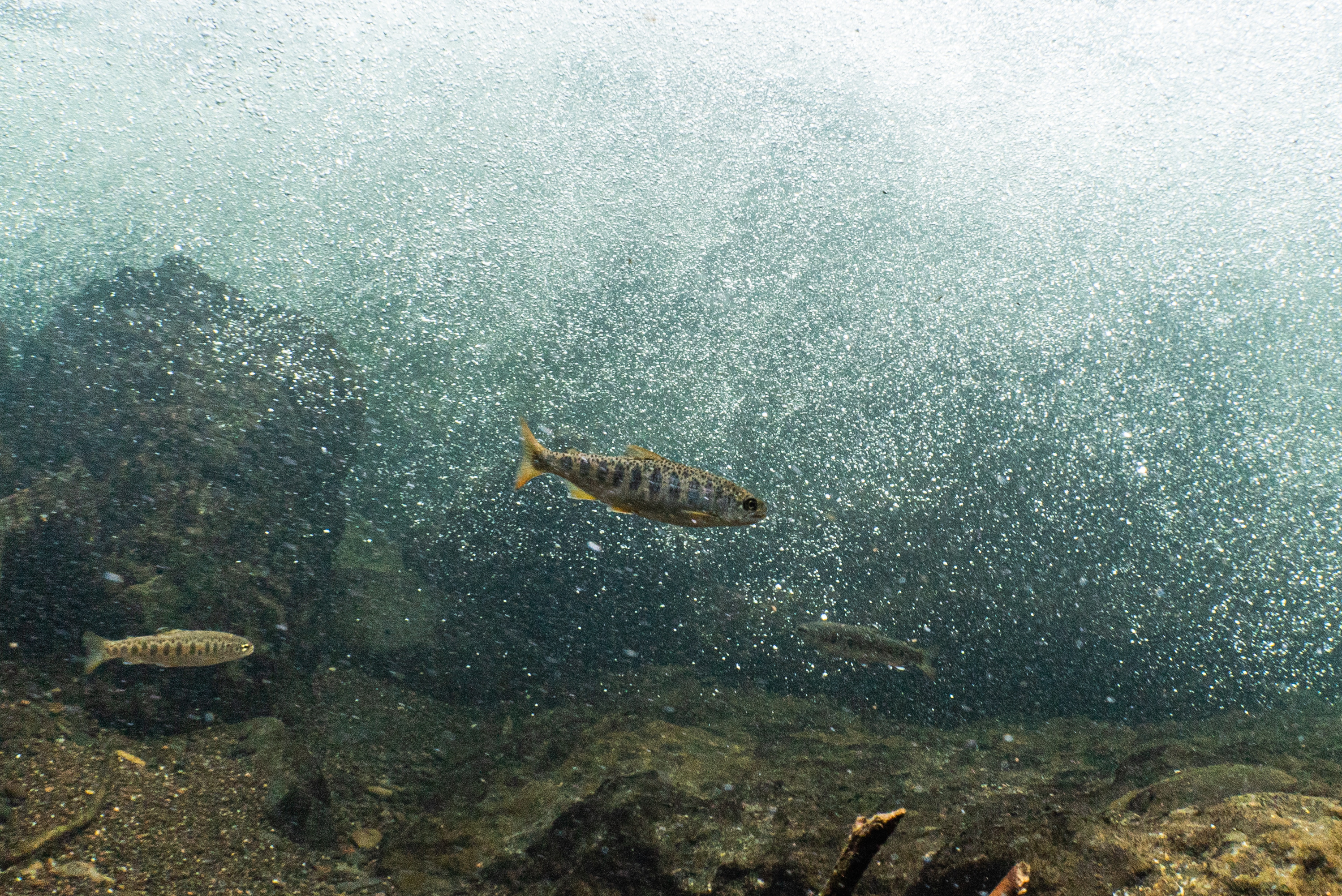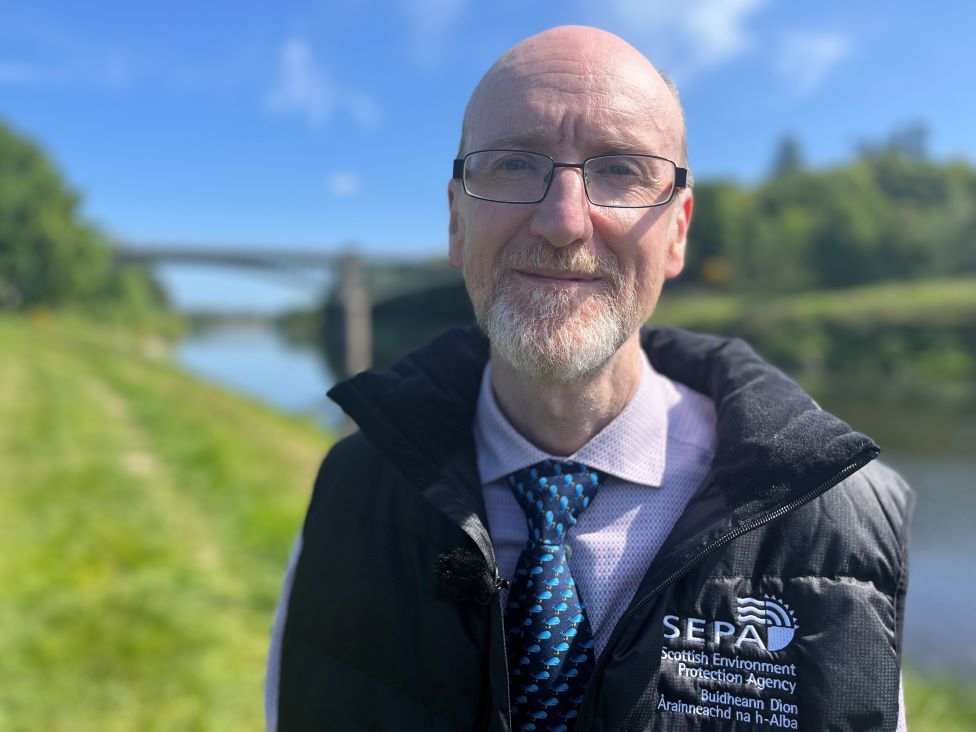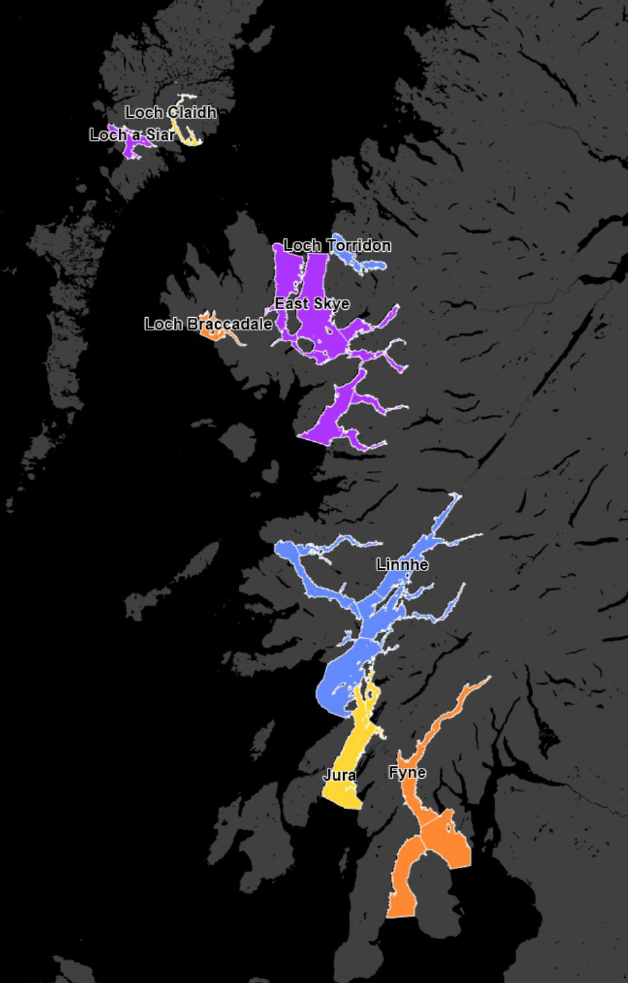Phased introduction of SEPA’s Sea Lice Framework begins

| The first phase of the Scottish Environment Protection Agency’s new Sea Lice Framework begins this month.
The Framework outlines what SEPA describes as “a proportionate, evidence-based approach to protect young salmon from sea lice”. Built on international best practice and using cutting edge science to triage risk, it will help to support the sustainable development of fish farming in Scotland by introducing wild salmon protection zones. These, SEPA says, will help to guide development to the least sensitive locations, while introducing tighter levels of sea lice control for finfish farm operators in these areas. From 1 February 2024, the Framework will be applied when determining applications for proposed new farms and for increases in the number of fish at existing farms on the west coast and Western Isles. Peter Pollard, Head of Ecology at SEPA, said: “Scotland is renowned for its salmon, with a leading aquaculture sector delivering high-quality produce across the world and contributing significantly to our economy. “However, we know a range of pressures, including commercial aquaculture, habitat barriers, and invasive species, mean populations of wild salmon are dwindling here and across the North Atlantic. “SEPA is part of an international community working to address this shared challenge, with Scotland one of the first countries to take action to manage the risk posed by sea lice from fish farms. “Reaching the first phase of the Sea Lice Framework’s implementation is an important milestone and achievement for all those who we have engaged with. “We’re confident the industry will be successful in adapting to this new regulatory landscape and look forward to continuing to work with producers, and all other interests, on future phases.”  Peter Pollard, SEPA Industry is not convinced The introduction of the Framework followed a decision by Scottish Ministers in October 2021 to establish SEPA as the new lead body responsible for managing the risk posed by sea lice to wild salmon and sea trout. The new Framework follows more than two years of consultation before it was finalised in December 2023, consulting leading scientists in Scotland and Norway, other regulators, finfish producers, environmental NGOs, coastal community groups and wild fishery interests. The salmon farming industry has not welcomed the new Framework, however. When it was announced in January Tavish Scott, Chief Executive of industry body Salmon Scotland, said: “The Scottish Government commissioned Professor Russel Griggs to conduct an independent regulatory assessment; his recommendations were all accepted by ministers and were for better, more streamlined regulation. “Now the sector faces not that but more regulation. Additionally for a new regulation, SEPA cannot explain how it will measure success.” The latter point could be addressed by monitoring programmes are being developed within the wild salmon protection zones to better understand the direct impacts from sea lice and to inform the next phases of the Framework, with opportunities for more engagement and adaption if required An approach to the protection of sea trout populations from sea lice will be implemented from March 2025 covering the West Coast, Western Isles and Northern Isles.  Map showing location of prioritised Wild Salmon Protection Zones |

